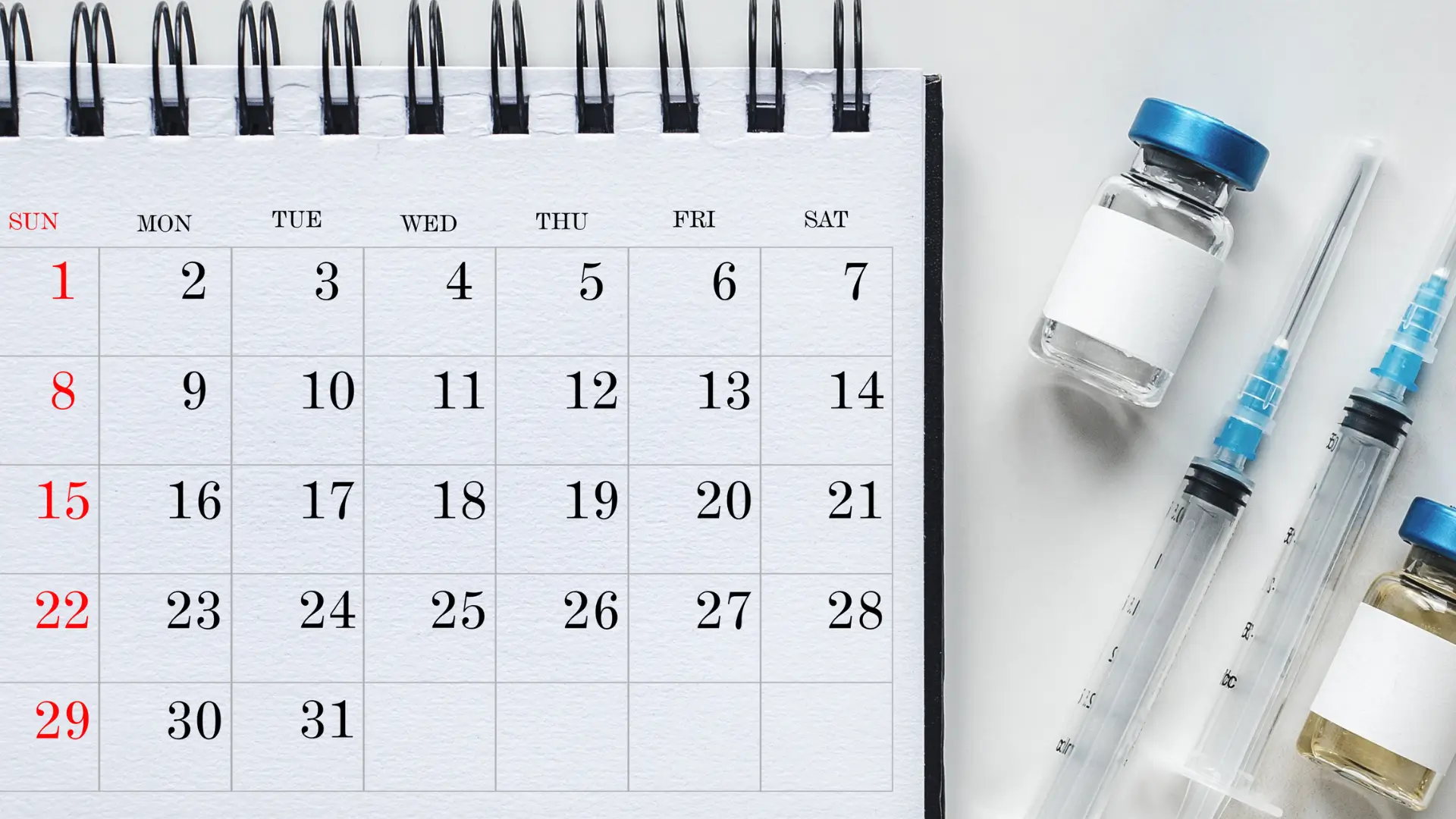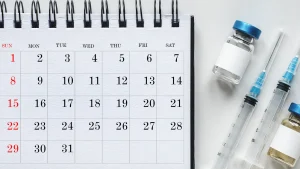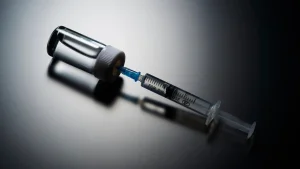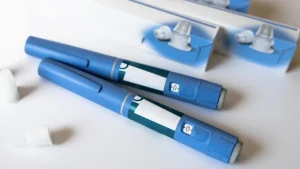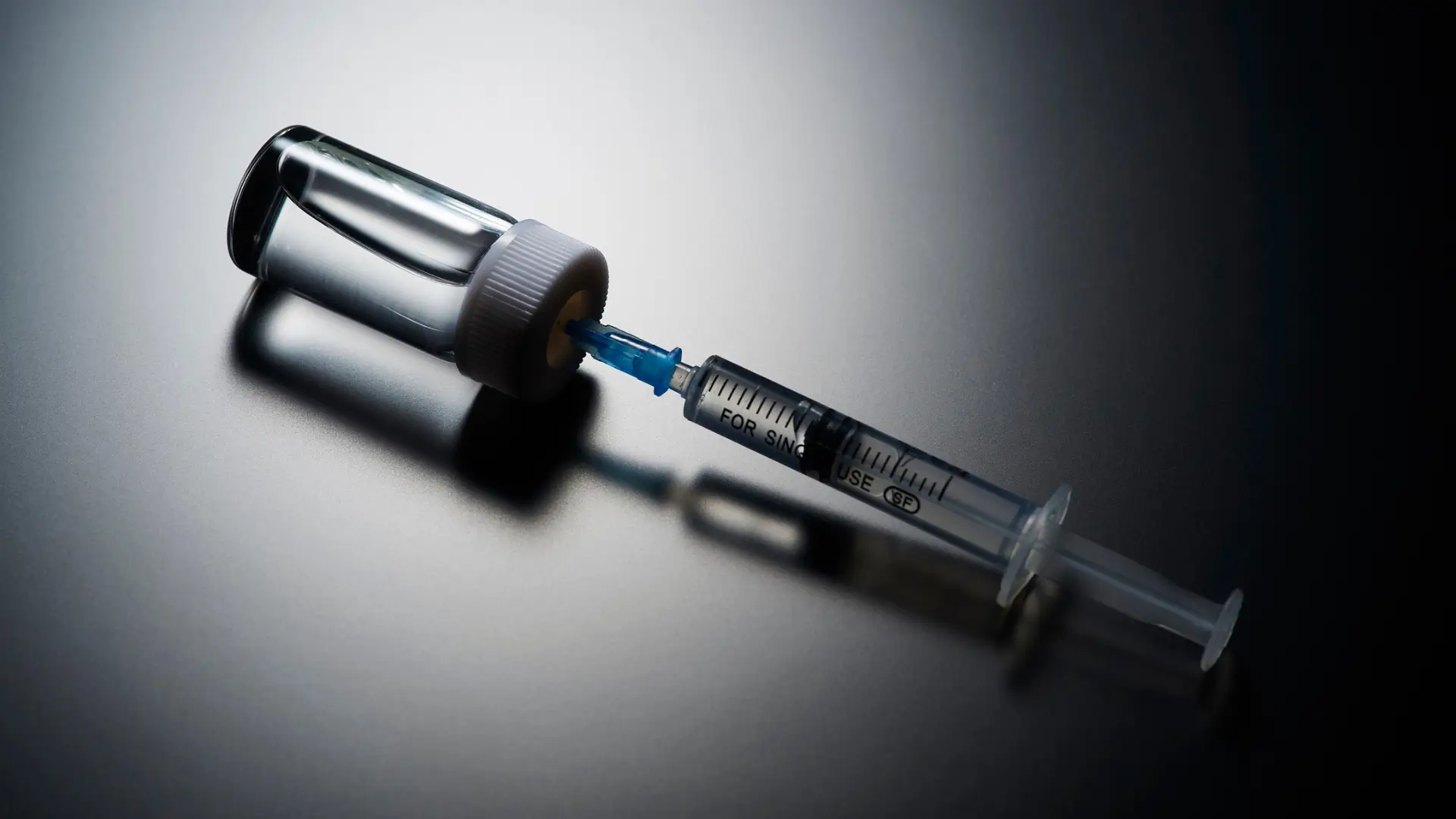Medication adherence is a critical aspect of effective healthcare. According to the American Heart Association, poor adherence contributes to 125,000 deaths each year in the U.S. and costs the healthcare system up to $300 billion in avoidable expenses. Missing or irregular doses can significantly affect treatment effectiveness and compromise patient safety.
This is especially important for biologic therapies like Xolair (omalizumab), where timely dosing and regular intervals are essential for symptom control and side effect management. Since Xolair is often administered in a clinical setting on a scheduled basis, maintaining adherence is key to achieving the best possible treatment outcomes.
In this article, we’ll explore the Xolair dosing schedule, factors that influence adherence, how to manage missed doses, and share practical strategies for both clinicians and patients to ensure consistent treatment.
Key Takeaways
- Xolair dosing varies based on the specific condition being treated, including allergic asthma, food allergies, chronic rhinosinusitis with nasal polyps, and chronic spontaneous urticaria.
- Dosing is determined by total serum IgE levels and body weight, ensuring the right therapeutic effect for each patient.
- Chronic spontaneous urticaria uses fixed doses (150 mg or 300 mg) every 4 weeks, while other indications follow the IgE/weight-based dosing table for 2 or 4-week intervals.
- Self-administration is possible after patients tolerate supervised doses and demonstrate proper injection technique. It is not recommended for those with a history of severe anaphylaxis to Xolair.
- Continuous monitoring and follow-up are essential to manage side effects, ensuring patient safety and treatment success.
About: Medica Depot is your trusted all-in-one supplier, offering a range of high-quality medical injectables and supplies. If you’re looking to buy Xolair, contact Medica Depot’s sales representatives and they will guide you on how to do so. Whether for health professionals, plastic surgeons, dermatologists, licensed estheticians, or other specialists, we can offer genuine, brand-name products you may need. With Medica Depot, we prioritize serving you better to improve the patient’s quality of life.
Dosing Overview for Allergic Asthma, Urticaria, and Food Allergy Indications
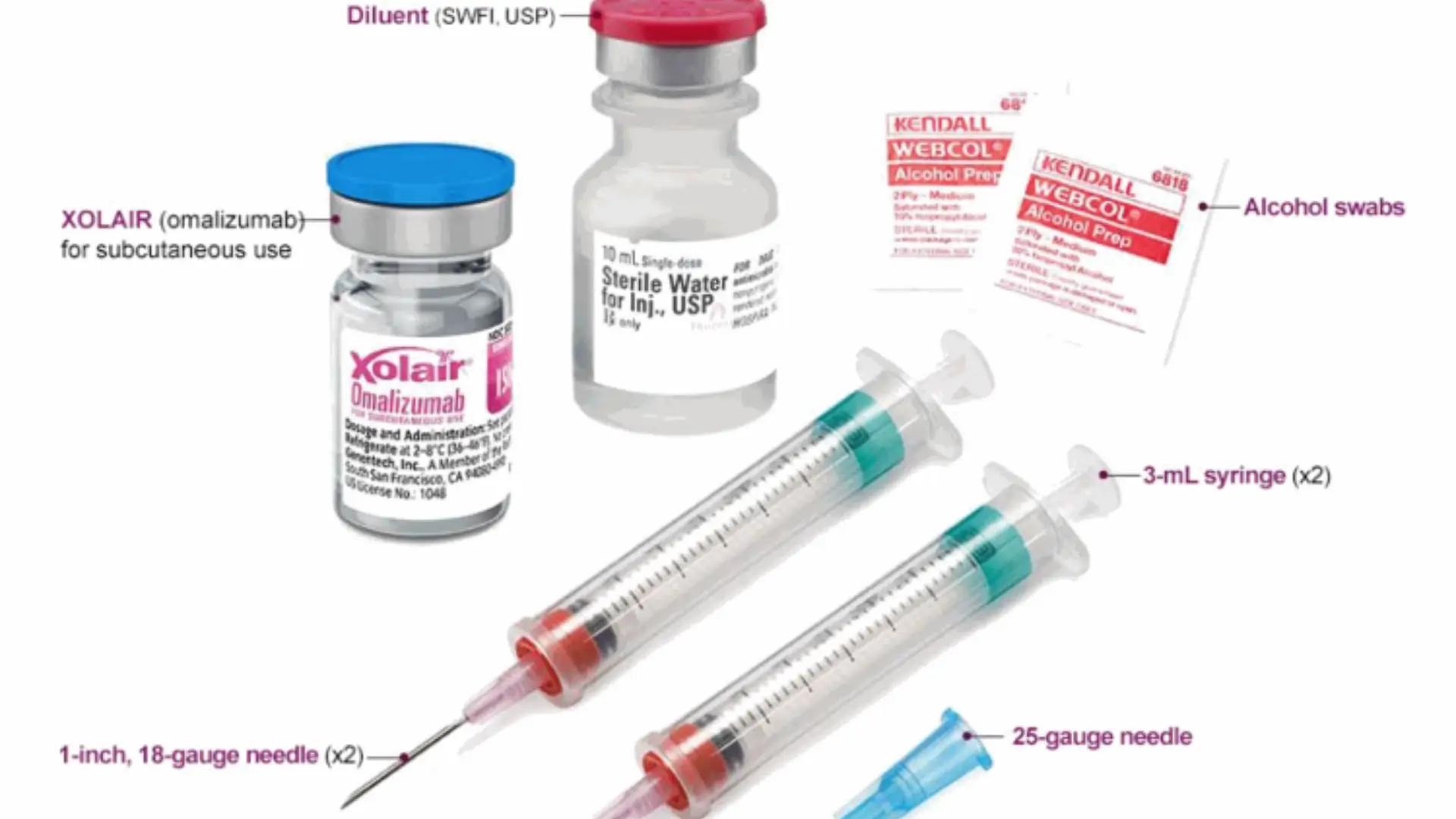
Proper dosing is key to achieving the best treatment outcomes for any medication. For Xolair (omalizumab), it’s essential to consult healthcare professionals to create a personalized treatment plan based on the patient’s condition, suitability, and individual characteristics.
Given that Xolair has multiple FDA-approved uses, its dosage varies depending on the condition being treated. For allergic asthma, urticaria, and food allergies, the dosing differs by indication. Providers must explain the dosing schedule, potential adverse events, and the importance of continuous monitoring. These steps help patients understand how omalizumab fits into their allergy management plan and how to stay on track with their treatment.
Individualized Dosing Based on IgE Levels and Body Weight
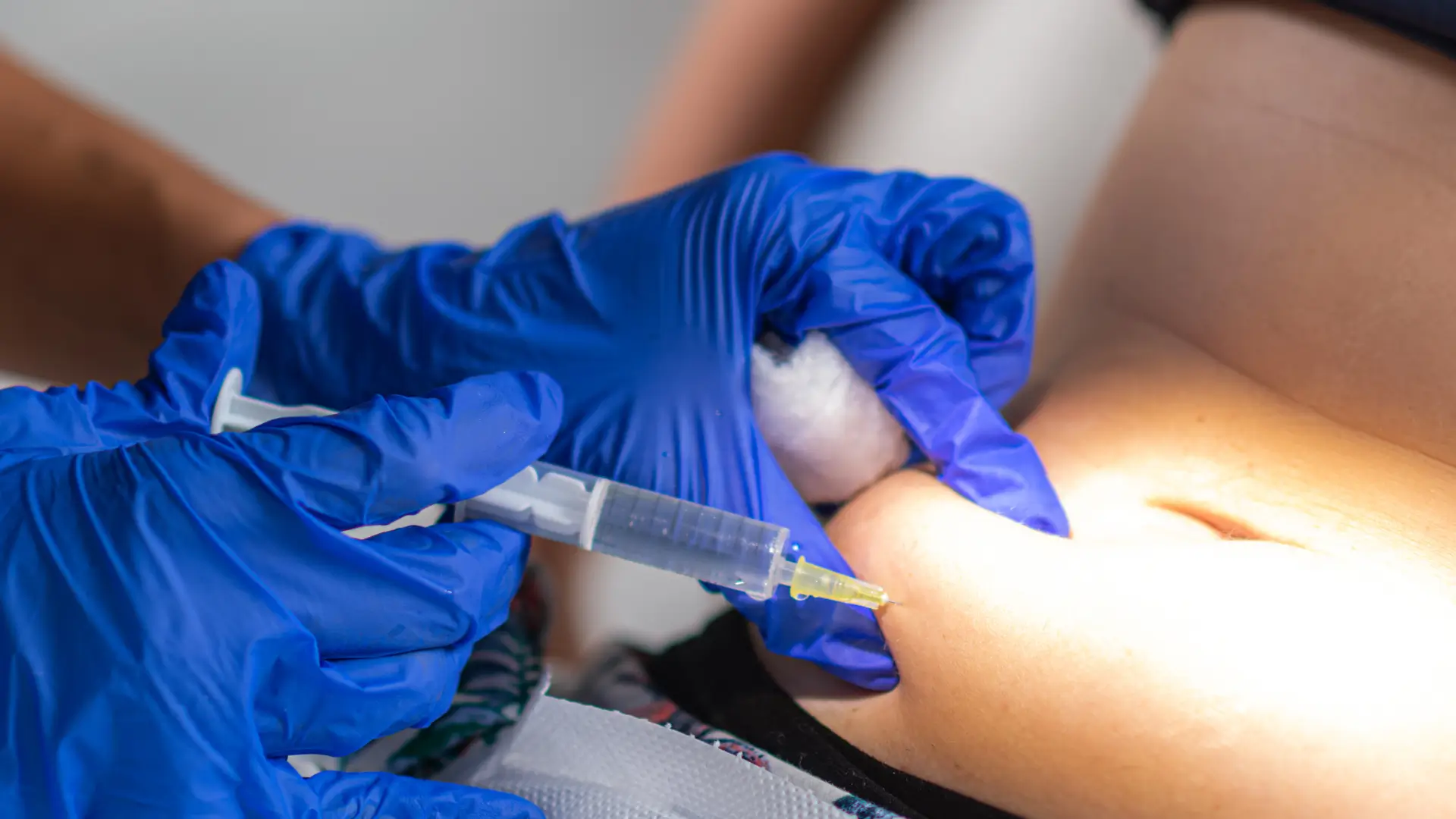
To determine the right omalizumab dose, healthcare providers must consider the patient’s baseline total serum IgE and body weight. This ensures that the dose effectively neutralizes circulating IgE, achieving the intended therapeutic effects during Xolair administration.
Follow-up visits are also crucial, as providers need to reweigh patients to ensure the appropriate dosing based on updated weight and IgE levels. Dosing tables link specific weight ranges with corresponding dose volumes and dosing intervals, typically every 2 or 4 weeks. Providers must match the chosen dose to the correct vials or prefilled pens as outlined in the prescribing information.
The typical dosage ranges for each indication are:
- Allergic Asthma: Xolair doses can range from 75 mg to 375 mg.
- IgE-mediated Food Allergy: Doses range from 75 mg to 600 mg, depending on the IgE/weight table.
- Chronic Rhinosinusitis with Nasal Polyps: Doses range from 75 mg to 150 mg, administered every 2 or 4 weeks, based on IgE/weight guidelines.
- Chronic Spontaneous Urticaria: Fixed doses are at 150 mg or 300 mg every 4 weeks, regardless of IgE levels.
Administration Frequency, Injection Technique, and Home-Use Eligibility
Xolair’s dosing schedule varies by indication. For allergic asthma, food allergies, and CRSwNP, the subcutaneous injection is given every 2 or 4 weeks, depending on the IgE/weight-based dosing table.
For chronic spontaneous urticaria (CSU), fixed doses of 150 mg or 300 mg are administered every 4 weeks. Patients may ask, “How dangerous is Xolair?” However, adherence to the prescribed dosage schedule and administration protocols is essential to ensure the treatment’s safety. Healthcare providers should always guide patients on the correct injection technique and emphasize the importance of ongoing monitoring.
- Recommended Injection Delivery: Before each injection, verify the lot numbers and expiration dates. Use the correct prefilled syringe or autoinjector pen for the injection, which should be administered with a needle angle of 45 or 90 degrees at one of the approved injection sites (abdomen or thigh).
- Self-Administration: Healthcare practitioners may consider self-administration only after the patient tolerates multiple supervised doses and demonstrates proper injection technique. It’s crucial that patients or caregivers can identify and treat anaphylaxis symptoms appropriately. However, self-administration is not recommended for patients who have experienced severe anaphylaxis to Xolair or any of its components, or for those with unstable comorbidities or no reliable access to emergency care.
Clinical Monitoring, Dose Adjustment, and Long-term Treatment Evaluation

Ongoing monitoring and dose adjustments are vital during Xolair therapy. Healthcare providers should discuss these steps with patients to ensure they understand the process, empowering them to make informed decisions and give informed consent.
Before starting treatment, the administering clinician should gather baseline data, including IgE-mediated disease confirmation, body weight, and total serum IgE levels. They should also record any prior history of anaphylaxis, asthma control, or current medications to guide dosing and follow-up decisions.
After dosing initiation, healthcare providers should monitor the patient at each visit for:
- Injection-site reactions
- New respiratory symptoms
- Unexplained infections
- Signs of eosinophilic or vasculitic syndromes
- Any concerning new masses or symptoms
Medical providers should make adjustments only according to the dosing table, clinical response, or after consulting a specialist. If any serious reactions occur, patients and doctors should discontinue Xolair immediately, requiring further investigation to ensure the patient’s safety.
Conclusion
Understanding Xolair’s dosing schedule is essential for maximizing its effectiveness while ensuring patient safety. Adhering to the prescribed dosing regimen minimizes adverse reactions and optimizes outcomes for conditions like allergic asthma, chronic urticaria, and food allergies. Healthcare providers play a crucial role in tailoring doses based on IgE levels and body weight and ensuring continuous monitoring.
By maintaining open communication with patients, discussing any concerns about Xolair side effects, and monitoring their progress, healthcare providers can significantly improve treatment outcomes and patient satisfaction.
FAQs
1. What factors determine the dosing of Xolair?
Xolair dosing depends on the patient’s total serum IgE levels and body weight. Healthcare providers use this information to determine the appropriate dose and dosing interval.
2. What is the usual dosing schedule for Xolair injections?
Administer every 2 or 4 weeks, depending on the indication. For chronic spontaneous urticaria, clinicians provide fixed doses every 4 weeks.
3. Can patients self-administer Xolair at home?
Yes, but only after the patient has tolerated multiple supervised doses and demonstrated the correct injection technique. Practitioners do not recommend self-administration for those with a history of severe anaphylaxis to Xolair.
References
American Heart Association. Medication Adherence – Taking Your Meds as Directed. www.heart.org. Published January 18, 2024. Accessed October 29, 2025. https://www.heart.org/en/health-topics/consumer-healthcare/medication-information/medication-adherence-taking-your-meds-as-directed
Genentech Inc. XOLAIR dosing for allergic asthma. www.xolairhcp.com. Accessed October 29, 2025. https://www.xolairhcp.com/allergic-asthma/dosing-and-administration/dosing.html
